It has been a busy Sunday the last one. With much satisfactions but also some minor problems. I went with my youngest son to visit a natural reserve and since I had decided to “travel” light, I had with me only the small Zeiss Ikon Nettar 515 (Click on the link to see more about it), the Pentax Spotmeter III, two filters and just a couple of film rolls. The first one I used, after more than thirty years (in fact I had already used it another time, but was lab-developed) was Ilford FP4 +, while the second was the Ilford HP5 + (and this, really , for the first time).
In fact, the natural reserve, however interesting, turned out to be rather small in size and so, after a little over an hour we had all visited and photographed. But, the day was still long and we decided to visit the Villa Gregoriana in Tivoli. A place where nature and history come together, thus offering interesting photographic ideas. We drove for 60/70 km to reach it and we dived into its steep and wild trails. Obviously, with so compact and lightweighted equipment, photographing was a pleasure. I took it easy, choosing quietly the subjects, accurately metering and (as far as possible, with the albada viewfinder) searching the right framing for shots. It was in this spirit, in fact, that a year ago I went back to film: taking it easy, meditating before shooting, enjoy nature and places but, at the same time, trying to get high quality images. And for this reason, my choice falls often on medium format folding cameras.
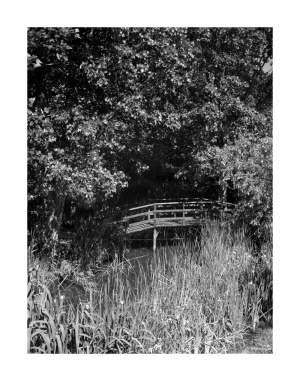
The results were as expected (with some small negative surprise). Both films I liked a lot (always bearing in mind that these are evaluations made on fim scans). In both cases there is the recognizable “character” of the Nettar’s lens, but each of the emulsions (and different dilutions used for development) has added something of his own. In the case of FP4 + I opted for Adonal (Rodinal) 1:25. A choice due both to the result previously obtained in the first test with TMax 100, and to the brightness characteristics of the scenes, not excessively contrasted, although widely variable. Shortly, I wanted to see if I could give a little bit of punch than in my previous experience. The first problem, however, was to decide the development time because there are several “data sheets” of Rodinal with really very variable suggested times . I tried to choose something in between … but probably I’ll have to shorten a little time itself. Once developed the FP4 + the result was more or less as expected, but in the frames 2 and 3 there was something on the bottom right that, at first I interpreted as a possible flare. I do not own a lens hood yet (because a 32mm push-on type is not so easy to find and prices are often higher than the cost of the camera itself). After scanning though, it came some doubt, confirmed by the development of the second negative: in four frames (and in one in a rather pronounced way) there was the same type of defect. A light leak in the lower right!
Light leaks completely absent in the first roll I took a few days before. It could come from a microscopic pinhole of the bellows, the frame counter window (also if it has a metal slide protection) or from any other point of the camera, but what I do not understand is why it is manifested only in some frames and not in others, snapped a few minutes after (or before), from the same camera position, under the same conditions of light / shadow in which I was working (i.e. I and the camera were in a position more or less sheltered from the direct rays of the sun) and shooting. In this regard, I’ll be happy to receive suggestions and hints about the incident from the more experienced of my readers. I checked the bellows in the dark with a flashlight inside but I did not notice anything, although I must admit that the torch had low batteries. I will have to repeat the test with fresh batteries.
The second film too, however, has provided a very satisfactory result, developed with Adonal (Rodinal), this time at 1:50 dilution. In this case too I had to choose an approximate time, given the significant discrepancy between those sugested by data-sheets), but probably I’ll have to increase developing time slightly, because some negatives were a bit thinner than expected. Of course, the differences between the two films are clearly visible, but I could not easily choose which ones to prefer. I tend to appreciate more the HP5 +, which yields a little softer contrast, despite being perhaps even more sharper than FP4 +. Beside, I will have to evaluate how much this is due to the different kind of development. The last four images have been realized randomly during the next days (this time metering with a Zeiss Ikophot), but I post them to show the “randomness” and the variability of light leaks effects. Almost all the images (except where indicated) were taken with a yellow filter mounted on the lens. The scans has been carried out as described in the previous posts and was rather simple to perform. In conclusion, I can say I’m very satisfied with the performance of both films with this particular camera. Two films that certainly, I will use again many times.
HP5+ Images Below
(Click on Images to see larger)
—–
Versione Italiana
E’ stata una domenica impegnativa, quella appena passata. Con tante soddisfazioni ma anche qualche piccolo problema. Sono andato con mio figlio minore a visitare una riserva naturalistica e siccome avevo deciso di “viaggiare” leggero, avevo con me la piccola Zeiss Ikon Nettar 515, il Pentax Spotmeter III, due filtri ed un paio di pellicole. La prima che ho usato, dopo più di trent’anni (in effetti l’avevo già usata un’altra volta, ma l’aveva sviluppata un laboratorio) è stata la Ilford FP4+, mentre la seconda una Ilford HP5+ (e questa, veramente, per la prima volta). In effetti, la riserva naturale, per quanto interessante, si è rivelata essere di dimensioni piuttosto contenute e così, dopo poco più di un’ora l’avevamo visitata tutta e non c’erano più elementi che ho ritenuto interessante fotografare. Ma, la giornata era ancora lunga ed abbiamo deciso di visitare la Villa Gregoriana di Tivoli. Un ambiente dove natura e storia si fondono, offrendo così notevoli spunti fotografici. Ci siamo fatti i nostri bravi 60/70 km per raggiungerla e ci siamo immersi nei suoi scoscesi e selvaggi sentieri. Ovviamente, con un’attrezzatura così poco ingombrante e leggera, fotografare è stato un piacere. Me la sono presa comoda, scegliendo con calma i soggetti, misurando per bene l’esposizione e cercando (per quanto possibile, con un mirino a traguardo) le giuste inquadrature già in fase di ripresa. E’ in questo spirito, infatti, che un anno fa mi sono riavvicinato alla pellicola: prendersela comoda, meditare, riflettere, godersi la natura ed i luoghi ma, contemporaneamente, cercando di ottenere un’elevata qualità delle immagini realizzate. Proprio per questo motivo spesso la scelta della fotocamera da usare cade sulle folding medio formato. I risultati sono stati all’altezza delle aspettative (con qualche piccola sorpresa negativa). Entrambe le pellicole mi sono piaciute moltissimo (sempre tenendo conto che si tratta di valutazioni di scansioni da negativo). In entrambi i casi è riconoscibile il “carattere” dell’obiettivo Nettar, ma ognuna delle emulsioni (e le differenti diluizioni in fase di sviluppo) ha aggiunto qualcosa di suo. Nel caso della FP4+ ho optato per l’Adonal (Rodinal) 1:25. Una scelta dovuta sia al risultato precedentemente ottenuto nel primo test con la TMax 100, che alle caratteristiche di luminosità delle scene, non eccessivamente contrastate, pur se ampiamente variabili. Volevo vedere insomma se riuscivo a dare un po’ di “punch”, rispetto all’esperienza precedente. Il primo problema da affrontare però, è stato quello di decidere il tempo di sviluppo perché ci sono diversi “data sheets” del Rodinal con tempi suggeriti veramente molto variabili. Ho tentato di scegliere una via di mezzo… ma probabilmente dovrò accorciare ancora un po’ il tempo stesso. Una volta sviluppata la FP4+ il risultato è stato più o meno quello atteso, ma nei fotogrammi 2 e 3 c’era qualcosa in basso a destra che, all’inizio ho interpretato come un possibile flare. Non possiedo infatti ancora un paraluce (non è che un push-on da 32mm sia così facile da trovare e spesso, si trovano a costi quasi superiori a quello della fotocamera). Alla scansione però, mi è venuto qualche dubbio, confermato dallo sviluppo del secondo negativo: su quattro fotogrammi (ed in uno in maniera piuttosto accentuata) c’era lo stesso tipo di difetto. Un’infiltrazione di luce! Tra l’altro, completamente assente nel primo rullo scattato qualche giorno prima. Potrebbe provenire da un microscopico buco del soffietto, dalla finestrella del contafotogrammi (per altro regolarmente dotata dello sportellino metallico di protezione) o da qualsiasi altro punto della fotocamera ma, quello che non capisco è perché si sia manifestata solo in alcuni fotogrammi e non in altri, scattati pochi minuti dopo (o prima) dalla medesima posizione, nelle medesime condizioni di luce/ombra in cui stavo operando (cioè, io e la camera eravamo in una posizione più o meno riparata dai raggi diretti del sole) e di ripresa. A questo proposito, invito i lettori a formulare ipotesi sull’accaduto. Ho controllato il soffietto al buio, con una torcia dall’interno ma non ho notato nulla, anche se devo ammettere che la torcia stessa aveva le batterie un po’ scariche. Dovrò ripetere il test con batterie nuove. Anche il secondo rullo comunque, ha fornito un risultato molto soddisfacente, sviluppato con diluizione 1:50 (anche in questo caso ho dovuto scegliere un tempo approssimativo, data la notevole discrepanza tra quelli suggeriti dai bugiardini), con un tempo di sviluppo probabilmente da aumentare leggermente, perché i negativi erano un po’ sottili. Naturalmente, le differenze tra le due pellicole si vedono chiaramente ma, non saprei scegliere facilmente quale preferire. Tendo ad apprezzare più la HP5+, per una resa un po’ più morbida nel contrasto generale, pur risultando forse anche più definita dell’FP4+. D’altro canto, dovrò successivamente valutare quanto ciò sia dovuto alla differente tipologia di sviluppo. Le ultime quattro immagini sono state realizzate in seguito ( questa volta misurando l’esposizione con uno Zeiss Ikophot), ma mi servono per mostrare la “casualità” e la variabilità dell’effetto d’infiltrazione luminosa. Quasi tutte le immagini (tranne dove diversamente specificato) sono state riprese con un filtro giallo montato sull’obiettivo. La scansione è stata effettuata come descritto nei precedenti post ed è stata piuttosto semplice da eseguire. In conclusione, posso dirmi molto soddisfatto della resa di entrambe le pellicole con questa specifica fotocamera. Due accoppiate che sicuramente, userò ancora a lungo.
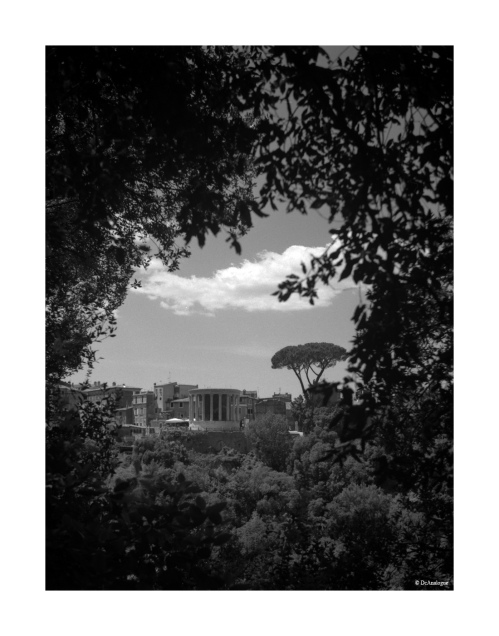
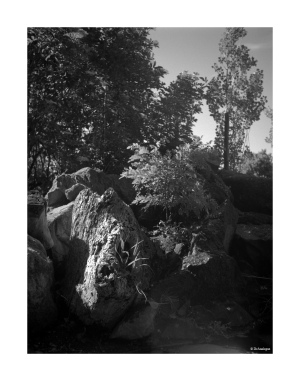
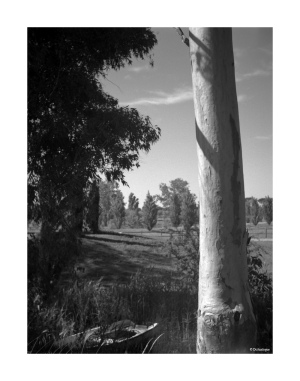
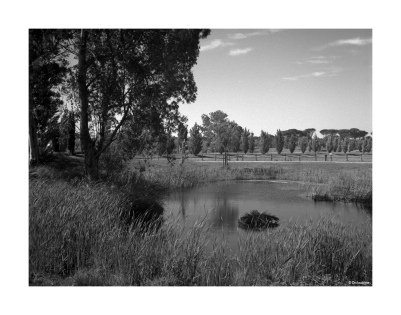
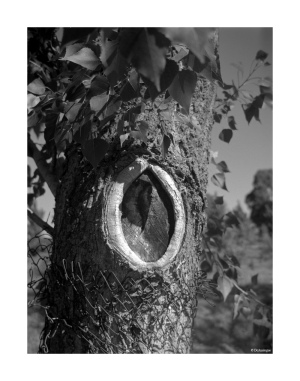
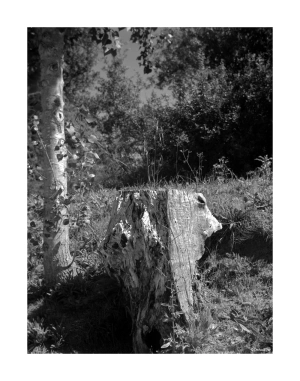
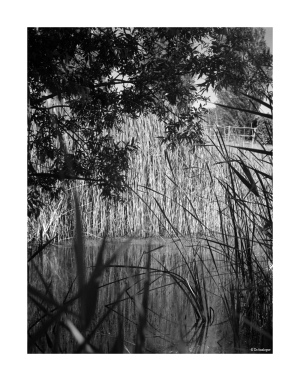
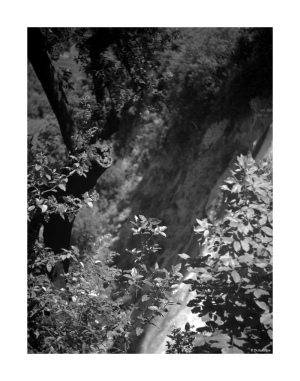
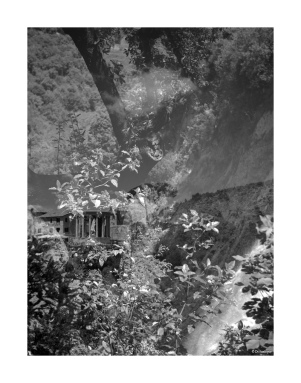
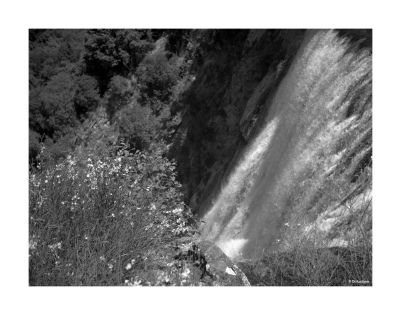
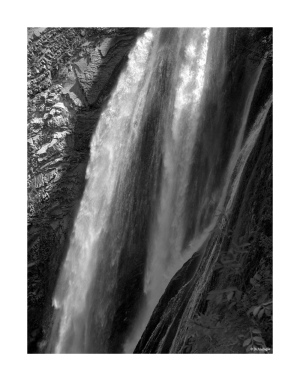
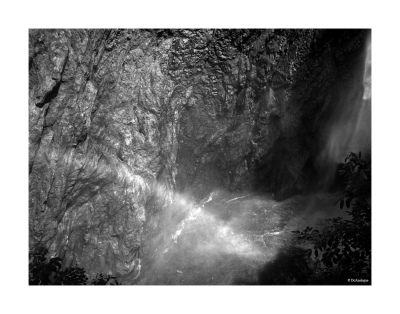
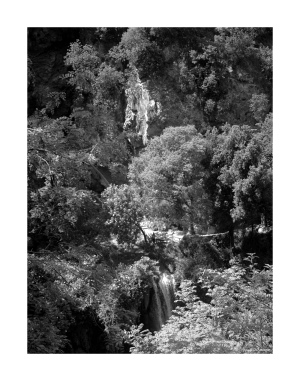
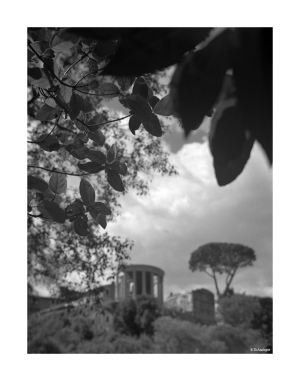
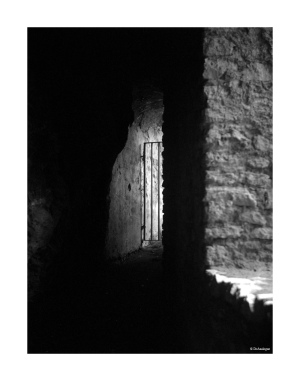
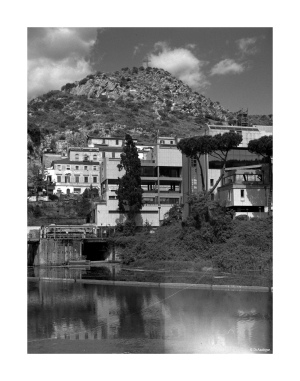
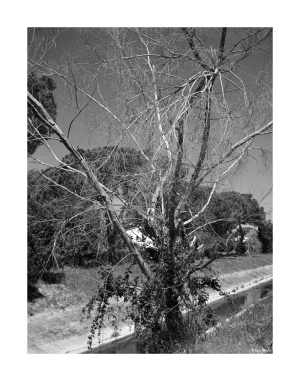
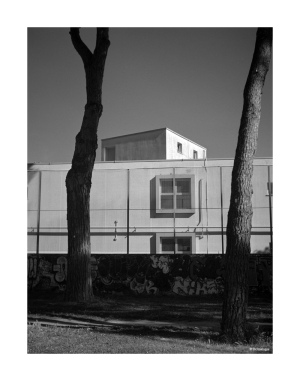
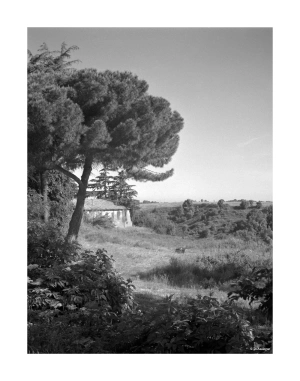
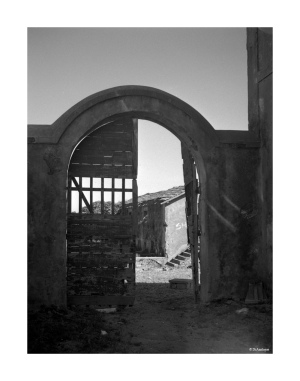
ottime. decisamente più riuscita l’accoppiata con l’HP5, anche se dalla FP4 cotta in rodinal 1+25 mi sarei aspettato più carattere. se hai la possibilità prova l’Xtol 1+1… non inquina (non contiene idrochinone) e rende giustizia a parecchie pellicole. ciao Donato 🙂
LikeLike
Ciao Fabio… in effetti il “carattere”, almeno sui negativi sembra esserci. Il fatto è che probabilmente devo trovare il giusto tempo di sviluppo. Per ora ho solo l’Adonal e l’Ars-Imago FD (con cui la svilupperò la prossima volta). In seguito, con calma, magari proverò qualche altro sviluppo. Già c’è parecchia carne al fuoco per ora… 😉 Pienamente d’accordo riguardo l’HP5+ che quasi mi sta piacendo più della Tri-x (che già mi piace moltissimo)… In questo caso devo valutarla con la stessa fotocamera. Senza contare che prima o poi devo pur fare qualche stampa….
LikeLiked by 1 person
e già, la stampa è proprio la morte di una fotografia… me ne sono accorto da quando ho acceso la luce rossa. comunque le tue scansioni sono anch’esse apprezzabili 🙂
LikeLiked by 1 person